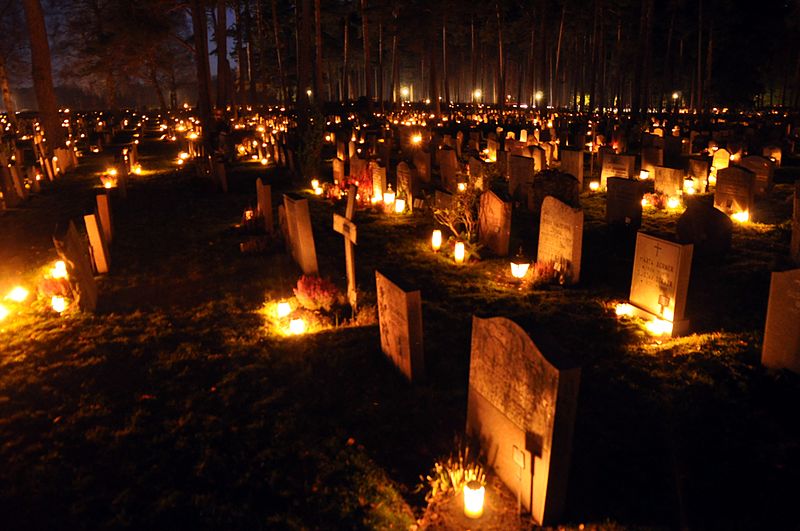| Month | Working days | Working hours | Sat & Sun. | Others |
|---|---|---|---|---|
| January | 22 | 176 | 8 | 1 |
| February | 20 | 160 | 8 | 0 |
| March | 21 | 168 | 10 | 0 |
| April | 20 | 160 | 8 | 3 |
| May | 20 | 160 | 9 | 2 |
| June | 18 | 144 | 9 | 4 |
| July | 23 | 184 | 8 | 0 |
| August | 21 | 168 | 10 | 0 |
| September | 22 | 176 | 8 | 0 |
| October | 23 | 184 | 8 | 0 |
| November | 20 | 160 | 10 | 0 |
| December | 21 | 168 | 8 | 2 |
| Total annual working hours | 251 | 2008 | 104 | 12 |
| Average / Month | 20.92 | 167.33 | 8.67 | 1.00 |

Working days per year 2025
An average of 160 working hours per month or 250 working days per year is usually referred to when discussing workload. But these numbers are not always accurate. For example, for 2025, the number of working hours varies from 144 to 184, with an average of 167 hours each month. In total, there will be 251 working days, which leaves 116 days off. In the table below, we provide a detailed overview of the number of working days, working hours, Saturdays, Sundays and other days off - such as national holidays, Midsummer's Eve, Christmas Eve and New Year's Eve. If a holiday falls on a Saturday or Sunday, it is counted under "Sat & Sun". We base these calculations on a standard eight-hour workday. Which days are considered holidays in Sweden are defined by Lag (1989: 253) on public holidays. Most people have the following holidays off, even if they fall on a regular working day:
- New Year's Eve
- Christmas Eve
- Easter Day and Pentecost
- New Year's Day and Thirteenth Day of Christmas
- May 1
- Christmas Day and Christmas Eve
- Good Friday and Easter Monday
- Ascension Day
- Sweden's National Day
- Midsummer Day
- All Saints Day
- Midsummer Eve
Feel free to check out our calendar here on the right, which contains information such as e.g. name days and a little history about what happened on that particular day.
All Saints Day
 This day is always celebrated on Saturday, which falls between October 31 and November 6. The day after the church is dedicated to paying attention to all the saints, a day of remembrance for the dead. It has long been a custom in Christianity to pay attention to saints and martyrs on different days. All Saints' Day is the day on which all the saints who have not been given a day of their own are noticed and remembered. The reason why all saints and martyrs are celebrated is to strengthen the spiritual bond between the living on earth and the dead who have come to heaven. In this way, the image and belief that there is life after death is strengthened. On this Memorial Day, it is common to light candles at graves in the cemetery. All Saints' Day originally originated from the church, but in modern times it is also common for non-believers to light candles in cemeteries to remember loved ones who have passed away. This tradition began in 1900 and was first noticed mainly in the big cities, and then spread to the whole country. In the Anglo-Saxon countries, Halloween and "all saints day" are celebrated. Halloween originally comes from a Celtic festival where people lit bonfires and wore costumes to ward off ghosts. Halloween always falls on October 31st, while "all saints day" falls on November 1st.
The main symbolism used during All Saints' Day is the light. Every candle that is lit is a symbol of life that shines, comes and goes out. During the season when All Saints' Day is celebrated, it is dark, whereupon the symbolic effect of lighting candles becomes extra strong when the candles stand out and are very clearly visible. Sometimes All Saints' Day occurs at the same time as the Anglo-Saxon tradition of Halloween, which is why many people probably have a hard time separating the two. Halloween is something that is also celebrated in Sweden to a large extent, when children dress up and go on "mischief or sweets".
This day is always celebrated on Saturday, which falls between October 31 and November 6. The day after the church is dedicated to paying attention to all the saints, a day of remembrance for the dead. It has long been a custom in Christianity to pay attention to saints and martyrs on different days. All Saints' Day is the day on which all the saints who have not been given a day of their own are noticed and remembered. The reason why all saints and martyrs are celebrated is to strengthen the spiritual bond between the living on earth and the dead who have come to heaven. In this way, the image and belief that there is life after death is strengthened. On this Memorial Day, it is common to light candles at graves in the cemetery. All Saints' Day originally originated from the church, but in modern times it is also common for non-believers to light candles in cemeteries to remember loved ones who have passed away. This tradition began in 1900 and was first noticed mainly in the big cities, and then spread to the whole country. In the Anglo-Saxon countries, Halloween and "all saints day" are celebrated. Halloween originally comes from a Celtic festival where people lit bonfires and wore costumes to ward off ghosts. Halloween always falls on October 31st, while "all saints day" falls on November 1st.
The main symbolism used during All Saints' Day is the light. Every candle that is lit is a symbol of life that shines, comes and goes out. During the season when All Saints' Day is celebrated, it is dark, whereupon the symbolic effect of lighting candles becomes extra strong when the candles stand out and are very clearly visible. Sometimes All Saints' Day occurs at the same time as the Anglo-Saxon tradition of Halloween, which is why many people probably have a hard time separating the two. Halloween is something that is also celebrated in Sweden to a large extent, when children dress up and go on "mischief or sweets". Easter Day and Pentecost
Easter Day
Easter Sunday, or the Sunday of the resurrection, is celebrated in memory of the resurrection of Jesus. This day falls on the Sunday of the Easter weekend. The Easter weekend has a variable date and takes place at different times each year, between March 22 and April 25. Easter falls on the first Sunday after the first full moon after the vernal equinox.
This day is of the utmost importance in the Christian church because it celebrates the resurrection of Jesus after being buried on Good Friday. Easter Day is associated with worship services and Easter hymns. The services have many expressions of joy. White textiles, lilies and candles that adorn the altar are all associated with joy.
Easter Day is celebrated in the church and in the Swedish folk home. In the homes, Easter food goes hot all Easter weekend. Eggs, lamb, pickled salmon, Jansson's temptation and many other goodies are eaten. Eggs go hand in hand with Easter and the eggs are a symbol of life, which is connected with the resurrection of Jesus. The egg represents life and from the hard shell, which is a symbol of the tomb, Jesus emerges. Furthermore, the color theme is yellow. Yellow decorations are everywhere throughout the Easter weekend. The yellow color is also associated with the egg, or rather the chicken that comes from the egg.
Pentecost
Pentecost falls 10 days after Ascension Day and 7 weeks after Easter. The Christian tradition is celebrated in the church. The purpose is to remember that the Holy Spirit appeared to the disciples and thus also formed the first Christian church. Therefore, Pentecost is usually seen as the church's birthday. Pentecost is also called the time of rapture. Historically, Pentecost has been centered on the celebration of the church building. The church has been decorated with, among other things, leaf litter and candles. In an even older tradition, Pentecost has been a day of sacrifice. Here a Pentecostal bride was brought to the church halls and from yard to yard to solicit gifts. She was dressed in wedding clothes, though usually not of as good quality as at a real wedding. The tradition of Pentecostal bride became something controversial which today has a completely different meaning, as it is common to get married on Pentecost.

